Mondays With Morgan is a column in LondonJazz News written by Morgan Enos, a music journalist based in Hackensack, New Jersey. Therein, he dives deep into the jazz that moves him – his main focus being the scene in nearby New York City.
This week, Enos spoke with Billy Childs, a five-time GRAMMY-winning pianist, composer, arranger, and conductor whose new album, The Winds of Change (Mack Avenue), was released in March. Check him out in a handful of U.S. dates with trumpeter Sean Jones, bassist Hans Glawischnig and drummer Christian Euman – tour dates below (*).

Imagine journeying on foot from the Mexican border all the way to Vancouver. Now picture that trail, plus four others, comprising a 7,000-mile system of trails that encompasses the Western United States – a haul only two people are documented to have completed.
Welcome to the Great Western Loop, one of the two longest hiking trails in the U.S. – and the namesake of a tune by the masterful Billy Childs.
“I’ve always been intrigued by these hiking trails that are just ridiculously long,” the pianist and composer describes to LondonJazz News. It reminds me of Homer’s The Odyssey – a long journey.”
Not yet a subscriber of our Wednesday Breakfast Headlines?
Join the mailing list for a weekly roundup of Jazz News.
The suitably circuitous “The Great Western Loop” opens Childs’ inspired new album, The Winds of Change, which features trumpeter Ambrose Akinmusire, bassist Scott Colley and drummer Brian Blade. The album itself is a ramble through wildly disparate associations.
One is the aesthetic of film noir, which deeply informed The Winds of Change’s title track, among other tunes. In conversation, Childs is effusive about what films from Chinatown to The Big Sleep to The Postman Only Rings Twice mean to him.
“There’s a certain element of loneliness or alienation,” Childs explains of said films’, and their scores’, emotional centres. “Something that describes how small you are versus how big the city is.”
There’s also the component of Childs’ famous colleagues – some who remain with us, like Kenny Barron, and some who have passed, like Chick Corea, Roy Hargrove and Kenny Wheeler.
Barron wrote “The Black Angel,” which originally appeared on Freddie Hubbard’s 1970 album of the same name; Childs and co. covered it on The Winds of Change. Ditto Corea’s “Crystal Silence,” from his classic, co-created album with Gary Burton of the same name.
As for Roy Hargrove, Childs originally wrote the title track for him; Wheeler’s 1976 album for ECM, Gnu High, acted as a “template” for Childs.
In the following interview, learn why all these landmarks on Childs’ creative map left an indelible imprint on him – enough to pay tribute on the sumptuous The Winds of Change.
This interview has been edited for clarity.
LJN: Let’s start by getting to the brass tacks of The Winds of Change. What was at the core of its conception?
Billy Childs: “The Winds of Change” was originally a piece I wrote for Roy Hargrove and an orchestra called the Symphonic Jazz Orchestra, now. It used to be called just “The Orchestra” for the Henry Mancini Institute. We never recorded that version; we just played it live once.
But then, I really thought it was an evocative thing. The inspiration behind me originally writing the piece was writing something that was similar to an extended version of the theme to Chinatown, that Harry Goldsmith wrote. Also, with influences from Taxi Driver – the theme that Bernard Herrmann wrote.
Two views of two different cities – in the case of Chinatown, you’re looking at a romanticised view of Los Angeles, and with Taxi Driver, you’re looking at a romanticised view of New York City. So, I wanted to capture that element, but it also has a film noir-ish type of feel to it.
Also, the template for the album: I wanted it to be an album with four great conversationalists in the music. I thought [drummer] Brian [Blade], [bassist] Scott [Colley] and [trumpeter] Ambrose [Akinmusire] really fit that description.
A template was a Kenny Wheeler album called Gnu High. That was a model I was striving for. It’s an album with Keith Jarrett, Dave Holland, Jack DeJohnette, and Kenny Wheeler. There are a lot of different elements that went into the conception of The Winds of Change.
LJN: When I heard about the noir element in The Winds of Change, I was hooked – not because I’m that much of a cinephile, but because I love new confluences in jazz. Tell me about that component – how you fell in love with it, and what it does for you.
BC: I’ve always been into movies; I used to watch them with my mother a lot. With my father, too, but my mom liked the noir-ish stuff with Humphrey Bogart and George Raft and Dick Powell and these people.
It was kind of a profound experience for me, just in terms of: there’s an element of comfort in watching it, because it reminds me of sitting in front of the TV with my mom and watching these movies – having her comment and laugh at the dialect, the hard-boiled detective lingo. Someone’s running on the lam, or whatever.
That element was a really big part of it. Being in Los Angeles, you’re kind of inundated with music as related to cinema. It kind of made its way into how I compose music, because I try to compose music that is evocative as cinema is. I try to conjure images in the listener’s mind that can remind the listener of things they might see in a movie, or in some sort of dramatic context.
LJN: What’s your desert-island noir film?
BC: Well, I love The Big Sleep with Humphrey Bogart. I love Double Indemnity; I love The Postman Always Rings Twice. I love the neo-noirs; I love Devil in a Blue Dress with Denzel Washington. Chinatown is one of my absolute favourite movies – a perfect movie. Those would be some great examples.
And Taxi Driver is not really a noir film; it’s more of a character study of someone who is at a breaking point with their nerves. It’s kind of a noir-ish look into New York City, with the steam coming out of the manholes and the rain hitting the windshield on the taxi. The flashing lights, the hookers, the pimps out on the streets. It’s a New York of a certain time.
LJN: From your vantage point, what makes a great noir soundtrack?
BC: There’s a certain element of loneliness or alienation. The main protagonist usually has some fault, something broken. There’s a cynicism. Something that describes how small you are versus how big the city is – [that] can give you a clue as to what the noir ethos is.
When I hear a melody, it’s indescribable what makes you think of that – who knows? To me, it’s just attractive because it’s an element of a darker truth. Something that humans feel. Everybody has moments of frailty; everybody has moments of being jaded or romantic.
The thing I like also, with the cynicism and how pitiless sometimes the city can seem, there’s also some humanity involved. The protagonist usually, even through all the cynicism, tries to do the right thing – tries to save the person in the end, and has a moral compass. I kind of like that.
LJN: You mentioned a romanticised view of Los Angeles in Chinatown. Living there, I’m sure you feel the weight of that mythos.
BC: Yeah. I’ve seen Los Angeles change, also, from one thing to another, over the course of time. As technology comes into our lives, it kind of changes us.
In a lot of these films, there’s a connection to the street. It seems like the characters are very familiar with the city, and the back alleys and the clubs. The different areas. There seems to be an earthy connection to the city.
LJN: Tell me what you appreciate about your accompanists on The Winds of Change. They’re certainly among the best of the best.
BC: I love Ambrose; he has a beautiful sound. He plays like a composer – beautifully through the changes, but with his own language. So melodic, inviting, warm, and soulful – everything you want in terms of doing spontaneous, in-the-moment jazz. He’s incredible.
Brian, Scott and I have played together in many manifestations. Not much needs to be said about Brian and his impact on the artform; he’s pretty much made his way into the Hall of Fame. Same with Scott Colley; I’ve known him a little longer, but I’ve known Brian for about 20 years.
Scott is just a master. I think of him as a spiritual player, because he makes choices on the bass that open doors to possibilities. I love that about him.
LJN: I’d love to extend this question to your live band. I was so impressed by Sean Jones at Dizzy’s recently.
BC: My first gig with Sean Jones was the first gig at Dizzy’s. He’s got classical, virtuosic technique. He can play trumpet sonatas; he can play in an orchestra. He can play a trumpet concerto. But with his Sean Jones language, bolstered by influences like Freddie Hubbard or Woody Shaw, he’s an extraordinary musician.
Hans is also someone who I’ve recorded with a lot, on my two Mack Avenue albums with Eric Harland playing drums. He’s amazing. And then, Ari [Hoenig] is someone I really want to record with, because I have such a deep connection with him on many levels – rhythmically, harmonically. He’s extraordinary.
LJN: Before we get to the Corea and Barron tunes, tell me about your originals and where you were coming from with those.
BC: Of course, we talked about “The Winds of Change.” “The End of Innocence” is kind of an ode to lost innocence, to childhood. It was inspired by the Herbie Hancock album Speak Like a Child. Not the music so much as the sentiment behind it.
“Master of the Game” kind of reminds me of a Steve McQueen or Cary Grant movie like Charade or The Thomas Crown Affair where there are these smooth-operating guys that seem to get the best of the system. They seem to outsmart and outwit everybody.
That song is treated almost like a labyrinth, like there’s a game being played. There’s heavy counterpoint and meter changes to illustrate the complexity of the game.
Then, there’s “I Thought I Knew,” which was a ballad I wrote some time ago. I thought it would be nice to do it as a trio. It’s a standard A-A-B-A-form song I wrote, and it came off nice playing it with Scott and Brian.
LJN: How do “Crystal Silence” and “The Black Angel” connect in your mind?
BC: Well, they’re [the composers] both piano players I very much look up to.
Chick Corea was a close friend, and I wanted to do something he composed. I wanted to pay tribute to him; he’s a major influence on me as a pianist and composer – as a human. He was an incredible person, and he wrote this incredible volume of music; some are jazz standards, some are symphonic works, some are chamber works, some are fusion.
[He did] everything, and all on such a high level. So, I wanted to [tackle] one of his most sublimely simple songs – a very direct melody. It’s off that classic album Crystal Silence, which he did with Gary Burton. I thought that would be a fitting tribute to him.
“The Black Angel” is a song I used to listen to when I first started listening to jazz. It’s kind of a song that introduced me to jazz – that and “The Prisoner” [by Herbie Hancock] and “Fancy Free” by Donald Byrd, and “Red Clay” by Freddie Hubbard. I used to play that one over and over and over again.
So, it was important for me that those two make it to the album.
LJN: I never had the privilege of meeting Chick, but it was still a shock. It seemed like every day, I saw videos from him on my feed, and then he was just gone. Can you reflect on your friendship with him a little bit?
BC: Well, he’s one of those pillars – just like Wayne [Shorter], who passed away (*) and Ahmad Jamal (*). It came out of nowhere. I was emailing him a month or two months before he died, and he emailed me back.
I became friends with him because I did this album with Dianne Reeves called Welcome to My Love. We recorded it in his studio in 1982. He liked the album; he sat in when we were mixing it, and he was very kind to everybody.
One funny story is there was one song on that album that we did, called “Lullaby.” I took a synthesiser solo on it that I was very proud of, and I wanted him to hear it.
Back in those days, we didn’t have Pro Tools or anything; we couldn’t just stop and start the mix. Once the mix started, it had to go to the end of the song, otherwise everything was ruined; you had to start over again. We were mixing from two-inch tape down to quarter-inch, so the tape was running; it had to go.
We did all of the songs, and then the last song was “Lullaby.” Chick sat there for the entirety of the album, and then when “Lullaby” came on, I was thinking: He’s going to hear this solo, and I hope he likes it.
Right when “Lullaby” started, the phone rang; he had to go to another room and answer the phone. I was thinking: Well, he’s not going to hear the song.
But what happened was, the phone call was short, and he got off and came back right when the solo started. He heard the solo, and then, after the solo was over and the song resumed, he turned back to me and said, “Yeah.” That made my whole [day]. From then, we became really good friends.
LJN: Can you talk about Mack Avenue’s stature as a repository of the music?
BC: Mack Avenue is a great label. They’re very supportive and serious about the PR of an album, which I think is important and gets missed a lot by labels. They just put out good music; they have very good tastes and judgement, and they plan things well. They’re a serious label, and I’m honoured to be with them and their family.
LJN: Before we go, can you talk about new music you’ve got on the horizon?
BC: I’m writing a piece right now for the L.A. Master Chorale and my jazz chamber ensemble. Anne Akiko Meyers is an incredible classical violinist who solos; she commissions composers like John Corigliano, Mason Bates and Arturo Márquez. I’m so honoured to be able to write for her.
I’ve written a violin concerto for another great violinist, Rachel Barton Pine, who has commissioned me on three pieces. I just completed a saxophone concerto for Steven Banks, a great classical saxophonist. It’s going to be played at the Detroit Symphony and the National Symphony in Cincinatti, Kansas City, Minneapolis – all over.
I wrote a piece for Delirium Musicum, a great string group out of Los Angeles. I also wrote for Temple University a piece for [trumpeter] Terell Stafford and [saxophonist] Dick Oatts that was performed – they recorded it yesterday and played it at Lincoln Center. So, there’s a lot going on!
LINKS:
(*) The Winds of Change purchase link
(*) Wayne Shorter’s New York Times obituary(*) Ahmad Jamal’s New York Times obituary
Categories: Features/Interviews, Mondays with Morgan






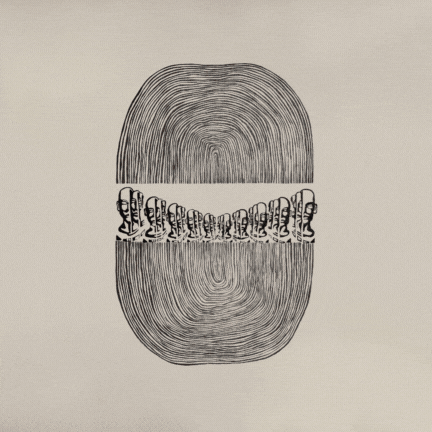

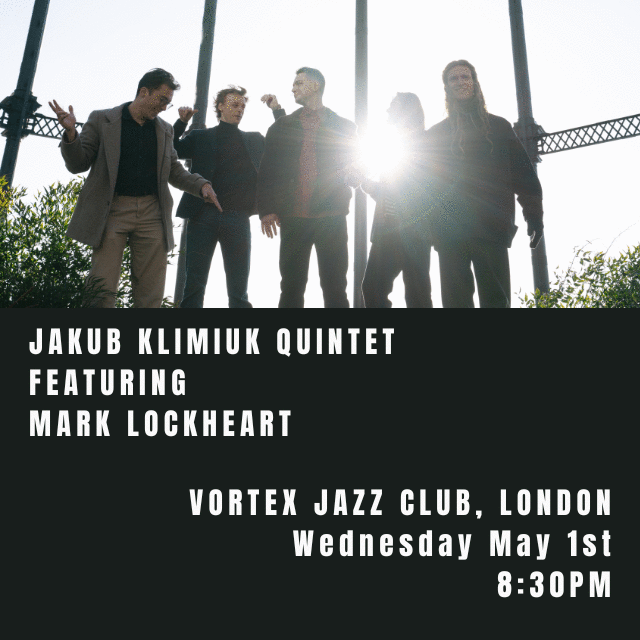
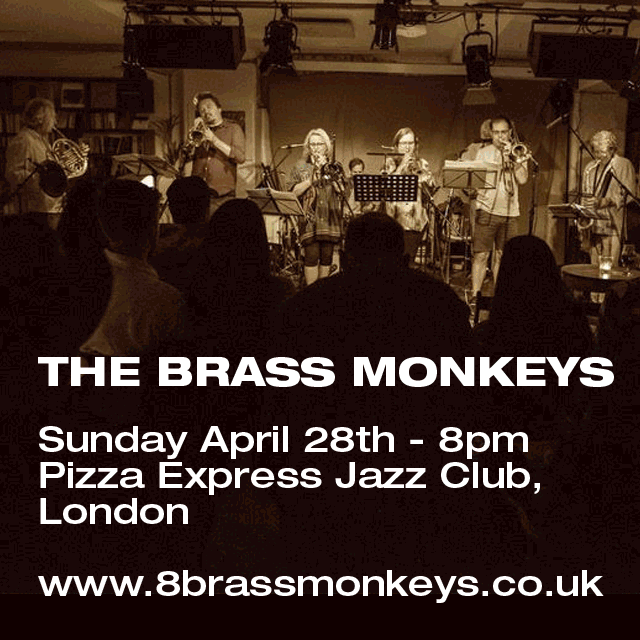
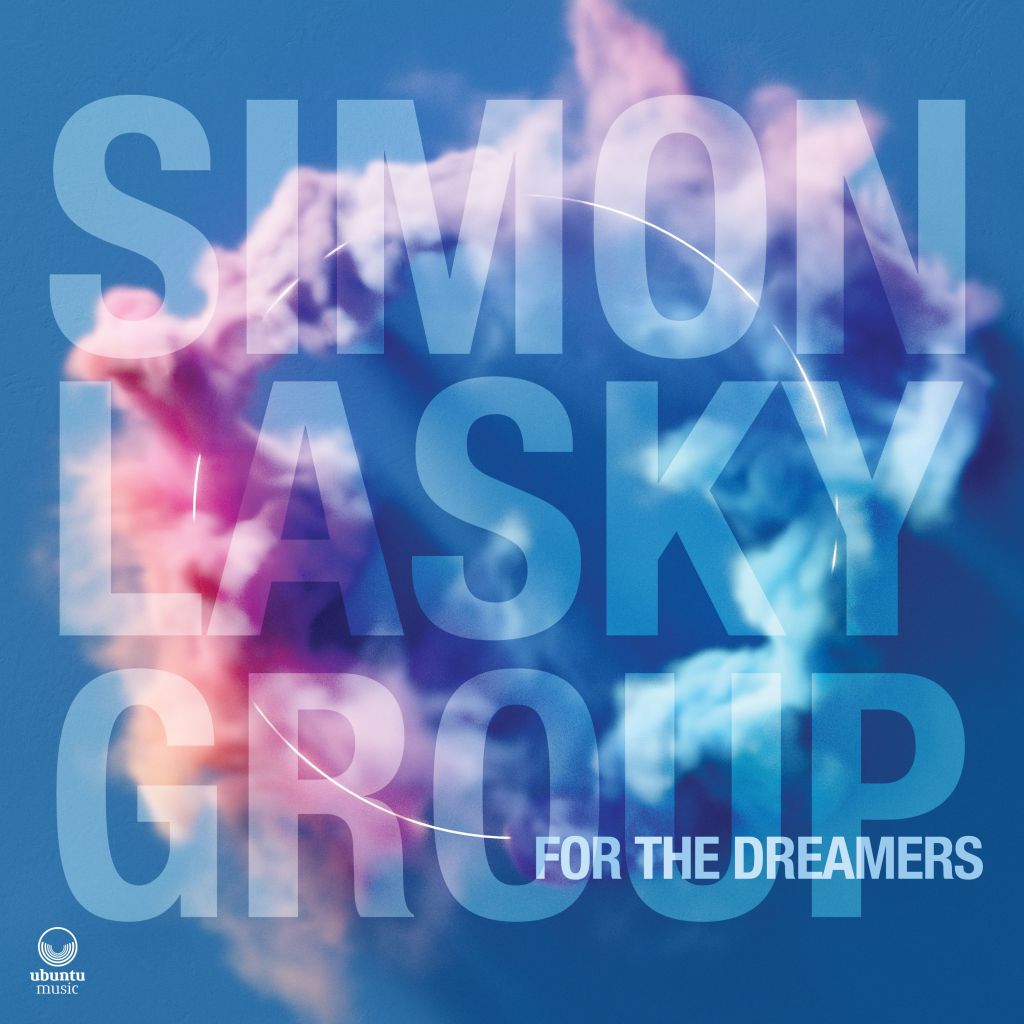
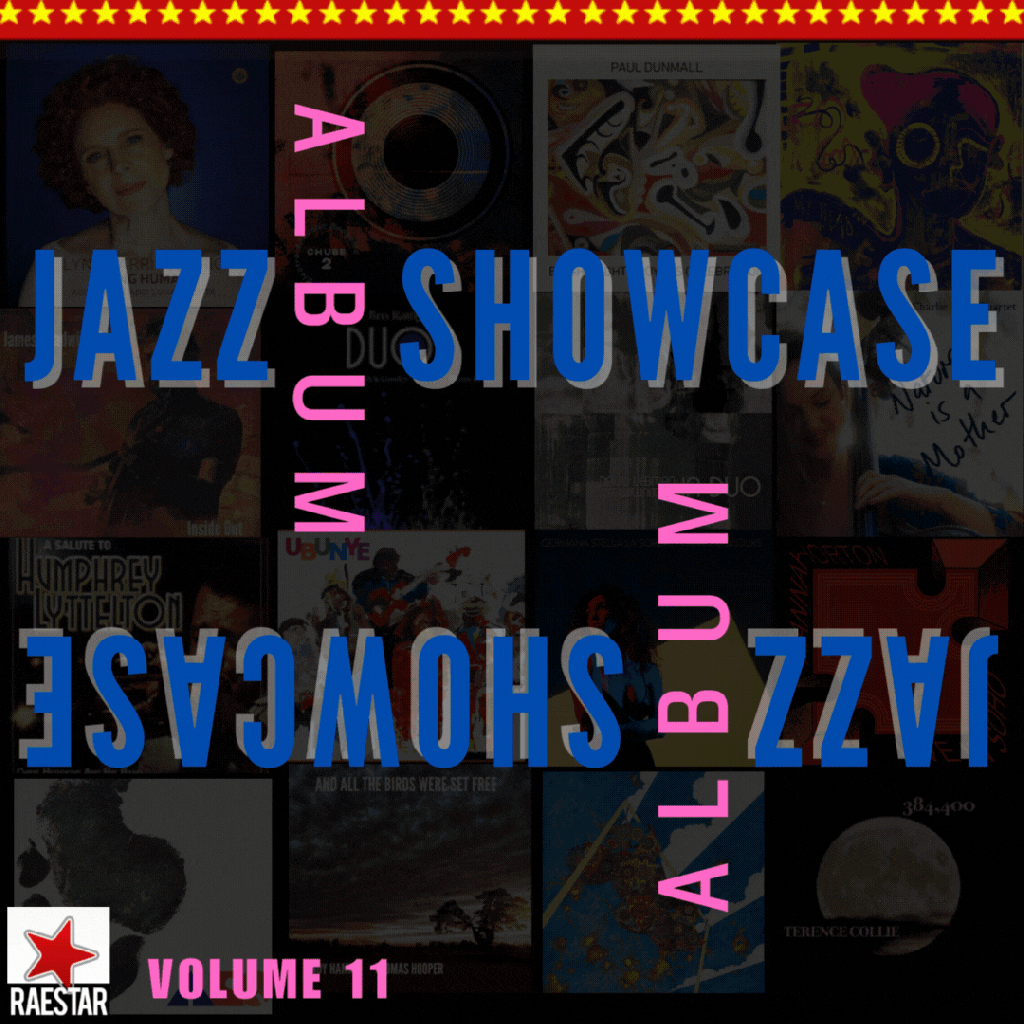
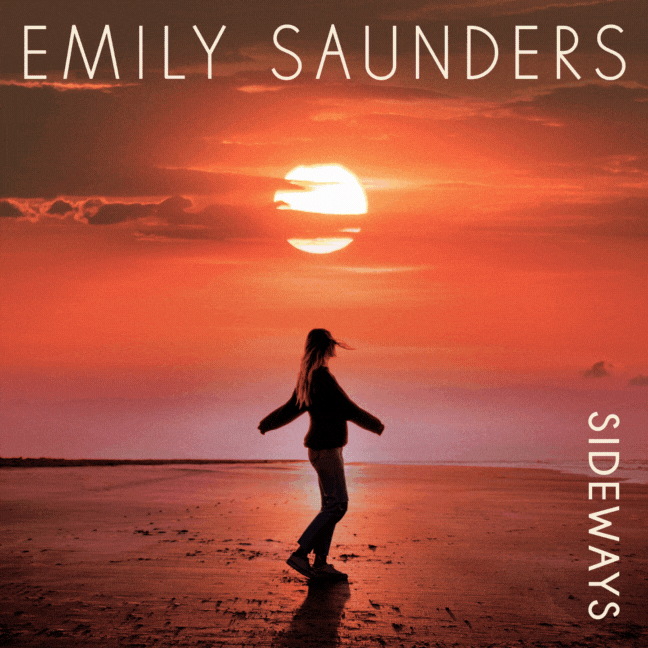
Recent Comments